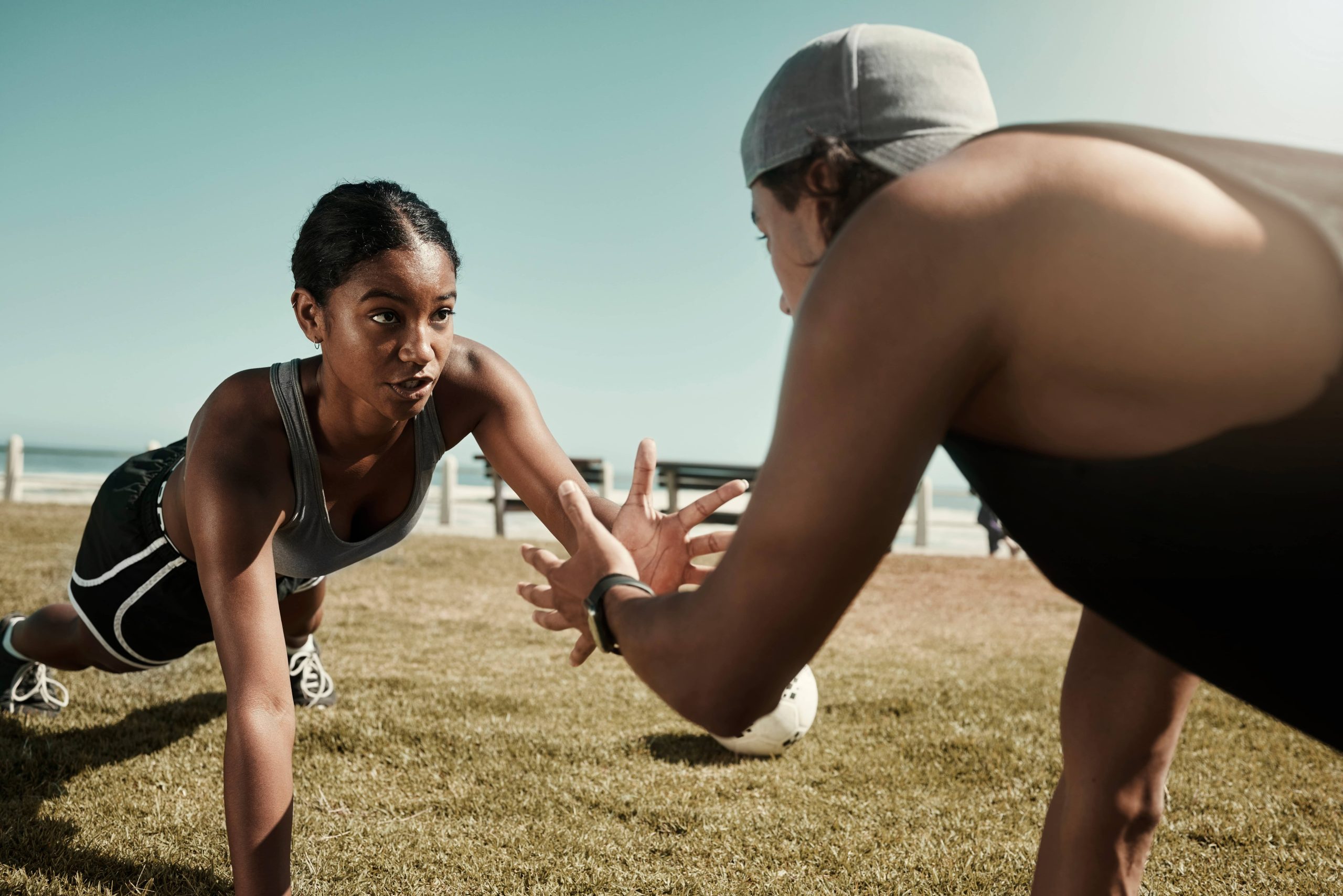
Introduction
In the world of sports, athletes are continually seeking new methods to enhance their performance. Among the myriad of training techniques available, plyometrics has emerged as one of the most effective for boosting explosive power and agility. This approach isn’t just for elite athletes; anyone can benefit from integrating plyometric exercises into their fitness routine. If you’re looking to up your lower-body game, lower-body plyometrics can be a game-changer. This post will delve into the benefits of plyometrics, offer guidance on how to incorporate them into your workouts, and present a comprehensive lower-body plyometric workout to propel your sports health to the next level.
What Are Plyometrics?
Plyometrics, originally developed for Olympic athletes, are exercises that involve explosive movements to increase power (strength + speed). These moves require muscles to exert maximum force in short intervals, with the goal of increasing power (speed-strength). They involve jumping, bounding, or other high-impact movements which can significantly enhance athletic performance.
Benefits of Lower-Body Plyometrics
1. Improved Muscular Power and Strength: By enhancing the fast-twitch muscle fibers, plyometrics can improve overall power output, leading to better performance in sports like basketball, soccer, and tennis.
2. Increased Speed and Agility: Plyometric training conditions your muscles to contract faster, which can improve both sprinting and agility, crucial for any sport that requires quick directional changes.
3. Enhanced Coordination: These exercises engage multiple muscle groups and require significant body coordination, leading to improved overall balance and flexibility.
4. Injury Prevention: While it might seem counterintuitive, plyometrics can help strengthen muscles, tendons, and ligaments, potentially reducing the risk of injury by making the body more resilient to sudden impacts.
5. Calorie Burn and Weight Management: Due to their high intensity, plyometrics can help burn calories effectively, aiding weight management and improved body composition.
Precautions Before Starting Plyometric Exercises
Before jumping into a plyometric routine, it’s critical to ensure you’re in good health and have a base level of strength and fitness. Here are a few precautions to consider:
1. Consult a Physician: If you have any pre-existing conditions or have been sedentary, consult a healthcare professional to ensure it’s safe to begin high-impact training.
2. Focus on Technique: Prioritize your form over speed to prevent injury. Consider starting with basic exercises to master the mechanics before advancing to more complex moves.
3. Begin with Low Volume: Initially, incorporate plyometric exercises into your routine in low volumes, gradually increasing the volume and intensity as your body adapts.
4. Proper Warm-Up: Always warm up thoroughly to prepare your body. Dynamic movements like leg swings, lunges, and light jogging can help elevate your heart rate and prepare your muscles for explosive activity.
5. Rest and Recovery: Allow adequate rest between sessions. Overtraining with plyometrics can lead to fatigue and increased injury risk.
Lower-Body Plyometric Workout
Let’s delve into a comprehensive lower-body plyometric workout designed to unleash your athletic potential. This workout can be performed 2-3 times a week, ensuring adequate recovery time between sessions.
1. Warm-Up (10-15 minutes)
– Dynamic Stretches: Incorporate movements like leg swings, high knees, butt kicks, and walking lunges.
– Light Jogging or Jump Rope: 5-10 minutes to get your blood flowing and muscles ready for action.
2. Exercise 1: Box Jumps (3 sets of 8-10 reps)
– Find a sturdy box or platform that you feel comfortable jumping on.
– Stand with feet shoulder-width apart, bend into a squat, and use your arms to aid in propelling you upward onto the box.
– Land softly and step back down to starting position.
Tip: Focus on a quick and powerful push-off, and ensure soft landings to maximize the power-building aspect while reducing impact stress.
3. Exercise 2: Lateral Bounds (3 sets of 8-10 reps per side)
– Stand on one leg, squat slightly, and use your arms to push off sideward.
– Land on the opposite leg, absorb impact softly, and repeat the movement back and forth.
Tip: Picture a line to hop over for a target. This helps with consistency in your lateral distance.
4. Exercise 3: Depth Jumps (3 sets of 6 reps)
– Stand on a box or platform, step off (do not jump) and, upon landing, immediately explode into a vertical jump.
– Focus on minimizing ground contact time.
Tip: This exercise is pivotal for developing reactive power.
5. Exercise 4: Tuck Jumps (3 sets of 8-10 reps)
– Begin in a standing position, jump up, and tuck your knees toward your chest.
– Land softly in the starting position and immediately jump into the next rep.
Tip: Keep your core engaged to maintain balance.
6. Exercise 5: Single-Leg Hops (3 sets of 8 reps per leg)
– Balance on one leg, slightly bend the knee, and hop forward or sideward.
– Focus on maintaining balance throughout the movement.
Tip: Beyond power, this exercises great for strength and stability in each leg individually.
7. Cool Down and Stretching
– Spend around 10-15 minutes cooling down with static stretches that target the calves, quads, hamstrings, and hip flexors. Stretching post-workout helps in reducing muscle tension and speeding up recovery.
Conclusion
Integrating lower-body plyometric workouts into your fitness routine can offer numerous benefits for both seasoned athletes and fitness enthusiasts. By increasing power, speed, and agility, you’ll enhance your performance capabilities and enjoy versatile improvements in your overall health and aerobic capacity.
As with any training plan, consistency is key. Incorporate these exercises into your weekly routine and notice the transformative impact on your sports performance. Keep challenging yourself by gradually increasing the intensity and complexity of exercises, and remember to respect your body’s limits to prevent injuries. Embrace the power of plyometrics to unleash your full athletic potential!











